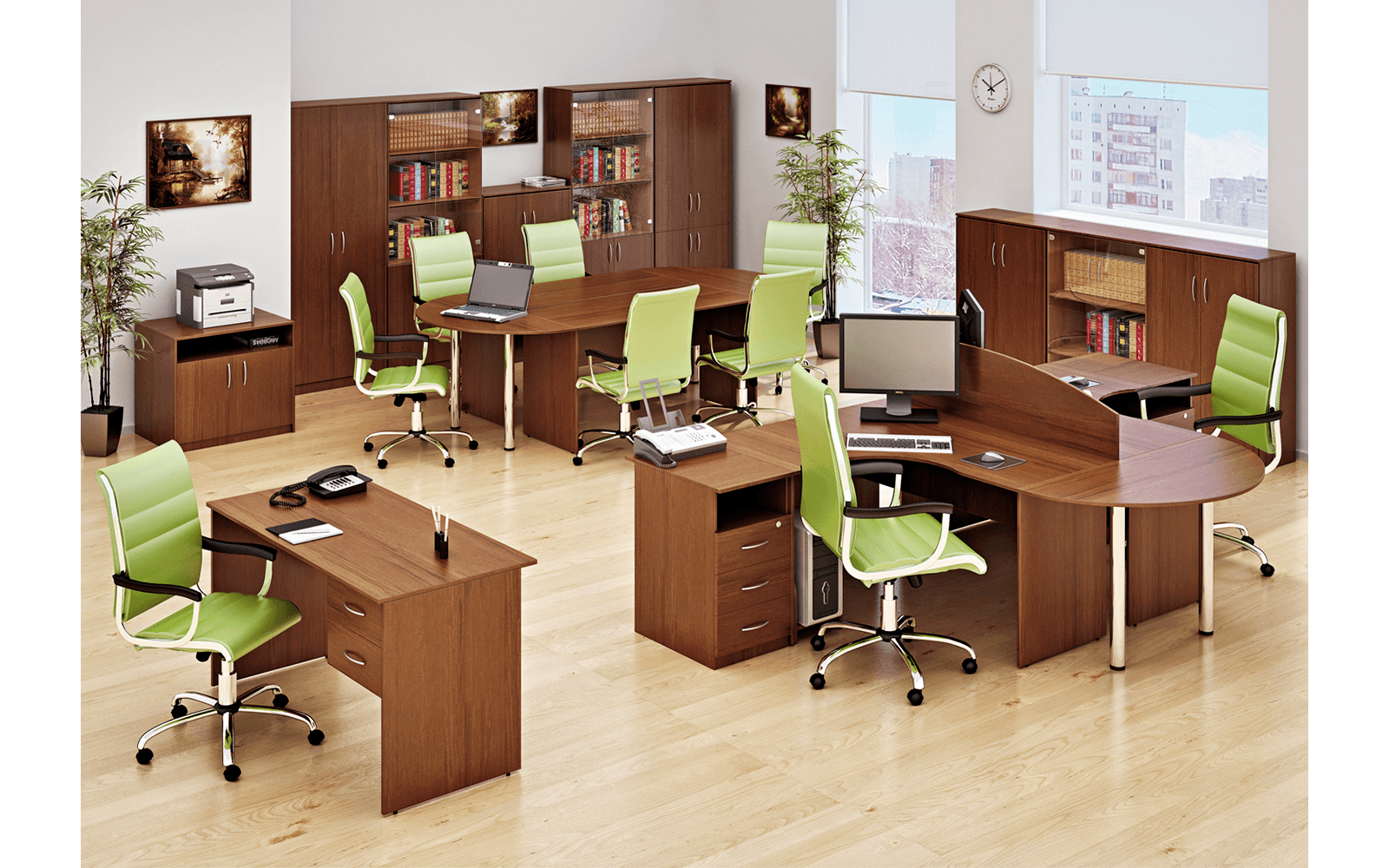
Title: Improving Workplace Health: The Importance of Ergonomic Office Furniture
In today's workplace, employee health and well-being are paramount considerations for employers seeking to create a productive and supportive work environment. One of the most important aspects of this is investing in ergonomic office furniture that promotes proper posture and comfort, thereby keeping employees healthy and productive. Let's look at why ergonomic design is important and how to choose the right office furniture to support the well-being of your employees.
-
Prioritize Posture: Ergonomic office furniture is designed to support the natural curve of the spine and promote good posture, reducing the risk of musculoskeletal conditions such as back pain, neck strains and repetitive strain injuries. Choose chairs with adjustable lumbar support, seat depth and armrests to ensure optimal spinal alignment and comfort throughout the workday.
-
Adjustable Features: Choose office furniture with adjustable features that allow employees to customize their workspace to suit their individual needs and preferences. These include height-adjustable desks, chairs with adjustable seat and armrest heights, and monitor arms that can be positioned at eye level to reduce neck strain.
-
Comfortable Seating: Invest in ergonomic chairs with contoured seat cushions, breathable mesh backrests, and built-in lumbar support to provide optimal comfort and support for long periods of sitting. Chairs with reclining and reclining mechanisms allow users to change positions and relieve pressure throughout the day.
-
Consider standing options: Standing or height-adjustable desks allow employees the flexibility to alternate between sitting and stationary positions, reducing the health risks associated with prolonged sitting and improving circulation and energy levels. Look for stationary desks with smooth height adjustment mechanisms and durable construction that support ergonomic work habits.
-
Wrist Support: Provide ergonomic accessories such as ergonomic keyboard stands and mouse pads with wrist rests to promote proper wrist alignment and reduce the risk of repetitive strain injuries such as carpal tunnel syndrome. These accessories should be adjustable to accommodate different typing angles and hand positions.
-
Footrest: Consider footrests or ergonomic footrests for employees who need extra support for their feet while sitting. Footrests promote proper blood circulation and reduce stress on the lower back, promoting a more natural sitting position.
-
Training: Train employees on proper ergonomics and work station setup so they can make informed decisions about their health and well-being. Encourage regular breaks, stretching exercises, and ergonomic assessments to prevent discomfort and injury associated with poor posture and repetitive tasks.
By purchasing office furniture that promotes good posture and comfort, employers can create a positive work environment that prioritizes the health and well-being of employees. Investing in ergonomic design not only reduces the risk of work-related injuries and discomfort, but also improves productivity, morale and overall job satisfaction.






